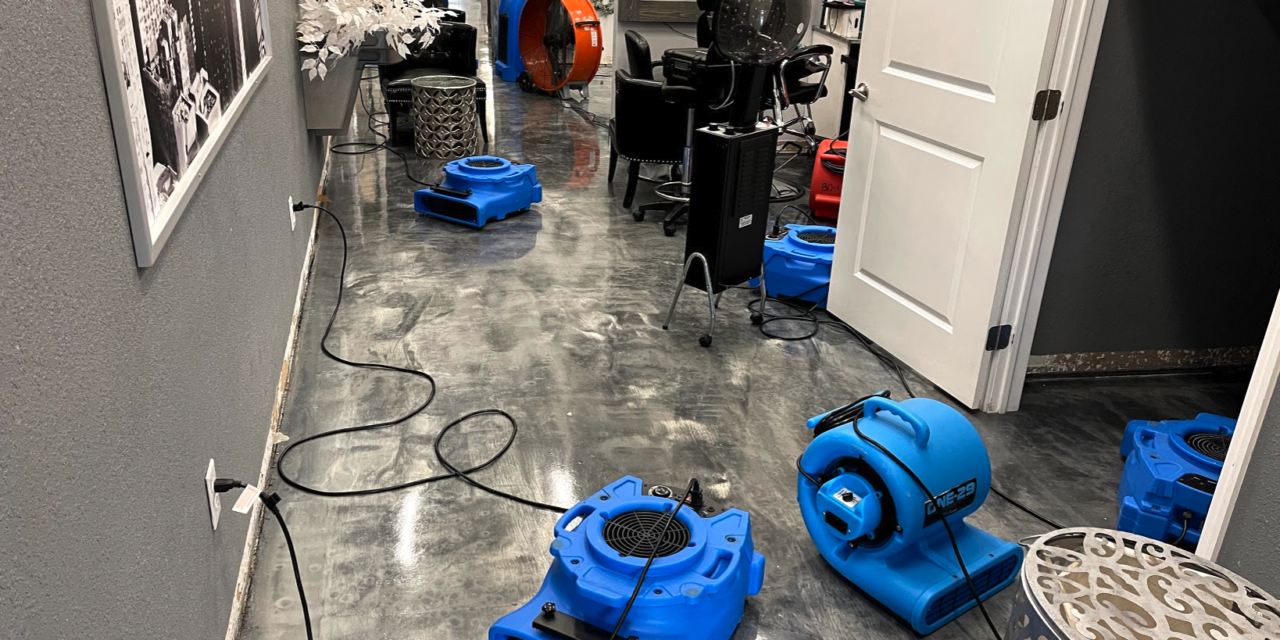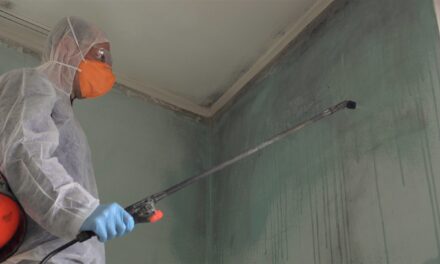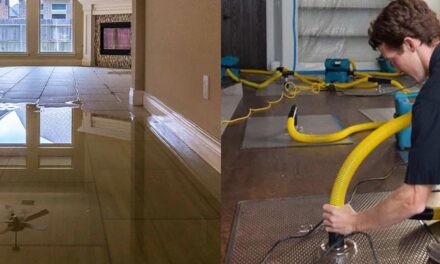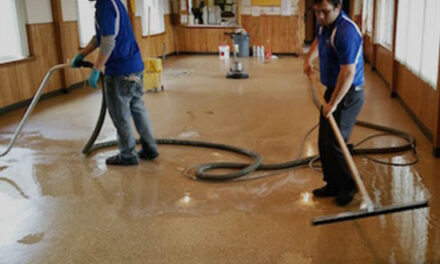Effective Water Damage Restoration Expert Tips for Quick Recovery
Water Damage Restoration is a problem for people who own property. Water damage, whether caused by a broken pipe, a leaking roof, or a natural disaster such as a flood, may be difficult to cope with. You can lessen the damage and speed up the healing process, though, if you know what to do and move quickly. This article will help you get your property back to the way it was before the damage by giving you expert advice on how to fix water damage.
Understanding the Severity of Water Damage Restoration
Before diving into the restoration process, it’s crucial to assess the severity of the water damage. Not all water damage is created equal, and different categories and classes of water damage require different approaches.
Categories of Water Damage
- Clean Water (Category 1): This is water that comes from a clean source, such as a broken pipe or a leaking faucet. It poses minimal health risks and is the easiest to clean up.
- Gray Water (Category 2): Gray water contains contaminants that may cause illness or discomfort if ingested. It can come from sources like dishwashers or washing machines.
- Black Water (Category 3): This is highly contaminated water that may contain sewage, chemicals, or bacteria. It poses significant health risks and requires professional cleanup.
Classes of Water Damage
- Class 1: Minimal damage with only a small area affected.
- Class 2: Significant damage with a larger area affected, and water may have wicked up walls.
- Class 3: Severe damage where water has saturated walls and ceilings.
- Class 4: Specialty drying situations, such as hardwood floors or plaster.
Safety First
The safety of you and your family members should always be the top priority when dealing with water damage. Follow these safety tips to ensure everyone’s well-being:
- Turn Off Electricity: Before entering a water-damaged area, ensure that the electricity is turned off to prevent the risk of electrocution.
- Wear Protective Gear: Use personal protective equipment such as rubber gloves, boots, and masks to avoid contact with contaminated water.
- Avoid Slip and Fall Hazards: Be cautious of slippery surfaces and potential tripping hazards.
- Ventilate the Area: If possible, open windows and doors to improve ventilation and reduce the risk of mold growth.
Assess the Damage
Once you’ve ensured everyone’s safety, it’s time to assess the extent of the water damage. This step is crucial in developing an effective restoration plan. Here’s how you can do it:
- Document the Damage: Take photographs and videos of the affected areas. This documentation will be valuable for insurance claims.
- Identify the Source: Determine the source of the water damage and try to stop it if it’s safe to do so. For example, if it’s a burst pipe, turn off the water supply.
- Draw a Map: Create a rough sketch or draw a map of your property, marking the areas that are affected by water damage. This will help in organizing your restoration efforts.
Water Removal and Drying
The next step in the water damage restoration process is to remove the excess water and thoroughly dry the affected areas. Here’s what you should do:
- Use Pumps and Vacuums: Depending on the amount of water, use pumps, wet/dry vacuums, or sump pumps to remove standing water.
- Open Windows and Doors: Increase ventilation to aid in the drying process. If the weather permits, open windows and doors to let fresh air in.
- Use Dehumidifiers: Dehumidifiers help remove moisture from the air, speeding up the drying process.
- Dispose of Damaged Materials: Remove and safely dispose of items that cannot be salvaged, such as soaked carpets, insulation, and drywall.
Preventing Mold Growth
Mold can start growing within 24-48 hours after water damage occurs, so it’s crucial to take steps to prevent its growth. Here are some tips:
- Dry Quickly: The faster you can dry the affected areas, the less likely mold will have a chance to grow.
- Use Fans: Use fans to circulate air and expedite the drying process.
- Apply Mold Inhibitors: Apply mold inhibitors to prevent mold from taking hold.
- Consult Professionals: If the water damage is extensive, consider hiring professionals who specialize in mold prevention and remediation.
Restore and Repair
Once the affected areas are thoroughly dried, it’s time to start the restoration process. Depending on the extent of the damage, this may involve:
- Replacing Damaged Materials: Replace drywall, insulation, and flooring materials that cannot be salvaged.
- Repainting: Repaint walls and ceilings to restore the aesthetics of the space.
- Addressing Electrical Issues: If water damage affected electrical systems, consult an electrician to ensure safety.
- Checking for Structural Damage: Inspect for any structural damage that may require repairs.
Insurance Claims
Contact your insurance company as soon as possible to report the water damage and start the claims process. Here’s what you should do:
- Document Everything: Provide your insurer with the documentation you collected, including photographs, videos, and a detailed inventory of damaged items.
- Follow Instructions: Follow your insurer’s instructions for filing a claim and be prepared to provide any additional information they request.
- Keep Records: Keep records of all communications with your insurance company, including the names of representatives you speak with and the dates of your conversations.
Prevent Future Water Damage
To avoid future water damage incidents, consider these preventive measures:
- Regular Maintenance: Inspect and maintain your property regularly, including plumbing, roofing, and gutters.
- Install a Sump Pump: If your area is prone to flooding, consider installing a sump pump in your basement to prevent water buildup.
- Upgrade Appliances: Invest in high-quality appliances and fixtures to reduce the risk of leaks and water damage.
- Know Your Water Shut-Off Valve: Familiarize yourself with the location of your main water shut-off valve so you can quickly stop the flow of water in an emergency.
Conclusion
Dealing with water damage can be a challenging and stressful experience, but with the right knowledge and prompt action, you can minimize the damage and ensure a quick recovery. Remember to prioritize safety, assess the damage, and follow the appropriate steps for restoration. In the event of extensive water damage, don’t hesitate to seek professional assistance. By taking these steps, you can restore your property to its former glory and protect it from future water damage incidents.
For top-quality water damage restoration services, you can rely on Del Mar Builders. Contact us at 800.298.0900 for expert assistance in restoring your property after water damage. Our team is dedicated to helping you get back on your feet quickly and efficiently.



